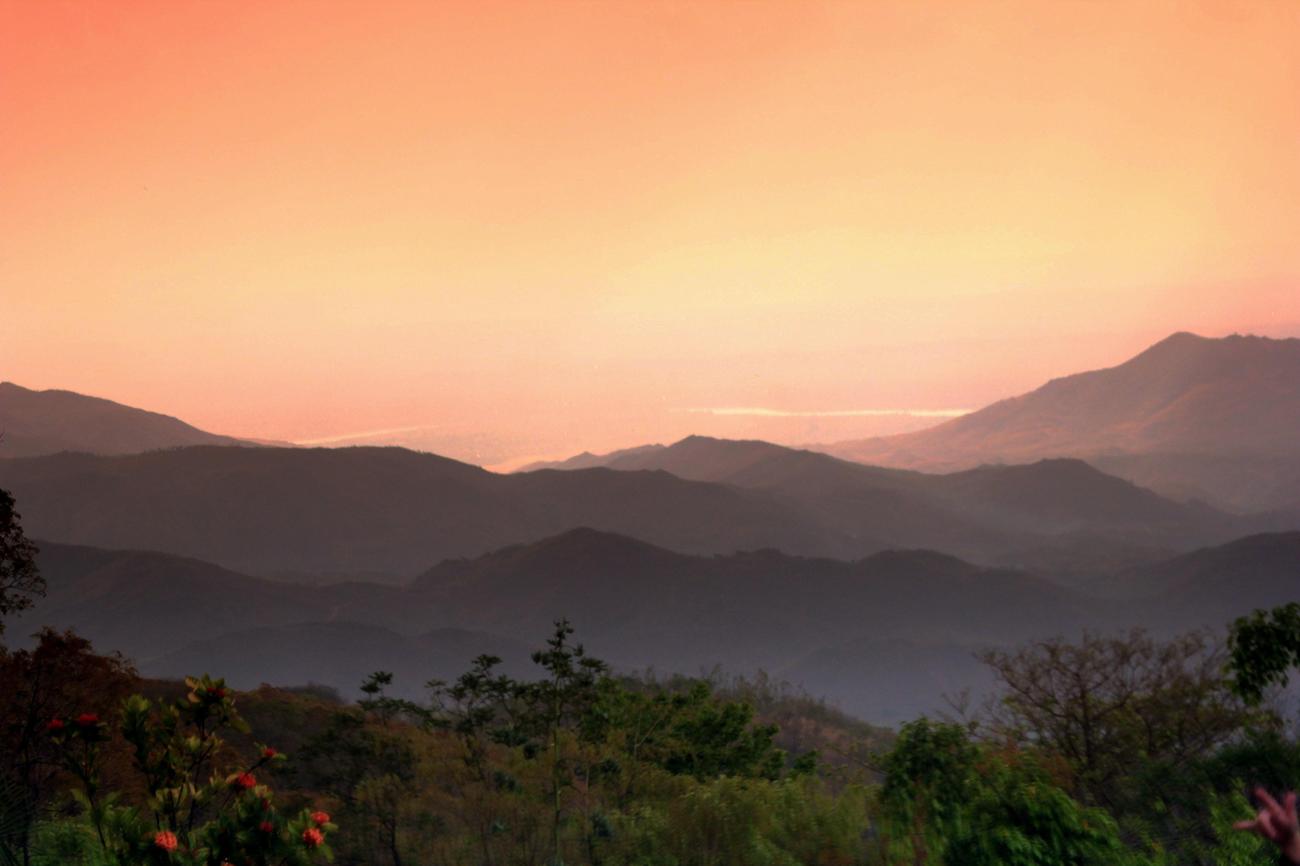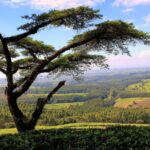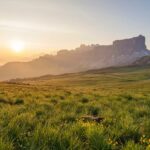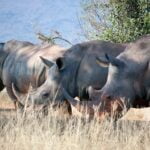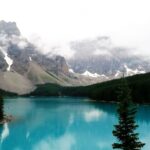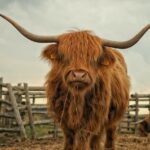Welcome to the world of Malawi’s wildlife, where fascinating secrets abound! In this article, we will embark on an unforgettable journey and unravel the enigmatic lives of the incredible animals that call Malawi home. Prepare to be amazed as we delve into the hidden depths of this captivating country, unearthing five intriguing facts about Malawi’s diverse and awe-inspiring animal kingdom. So, get ready to be captivated and let us discover together the wonders that lie within the heart of Malawi’s wildlife!
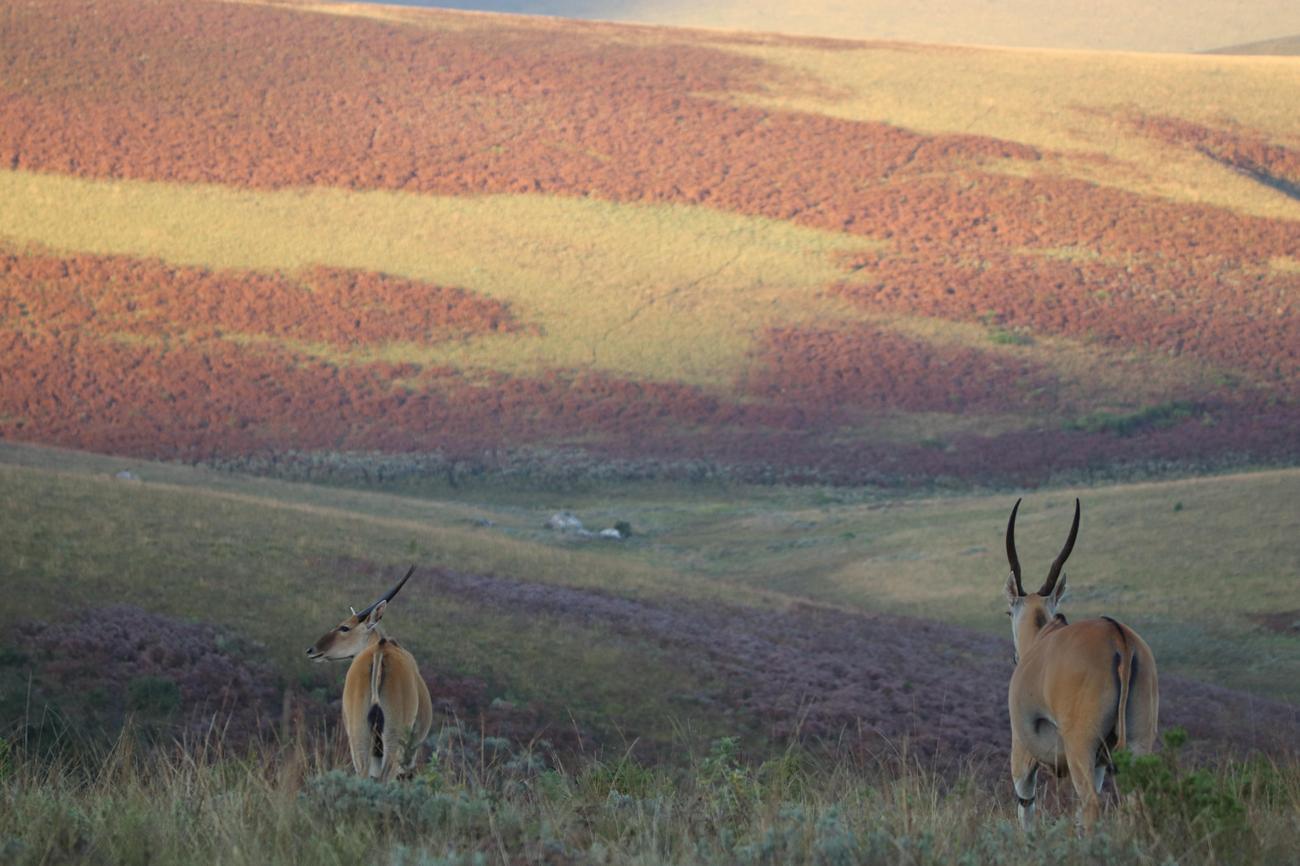
5 Facts About Malawi Animals
Fact 1: Diverse Wildlife Species
Malawi, known as the “warm heart of Africa,” is home to a wealth of diverse wildlife species. From the majestic African elephant to the elusive leopard and the playful vervet monkey, the country’s national parks and reserves are teeming with fascinating creatures. The blue-bordered bee-eater is one such species that creates intricate tunnels in riverbanks to raise its young. These tunnels not only protect their offspring from predators but also create safe spaces for other animals during flooding. As we explore the rich biodiversity of Malawi, we can’t help but be amazed by the variety of animal life that coexists in this vibrant ecosystem.
“Malawi’s wildlife is a testament to the country’s incredible biodiversity, and each species holds its own unique story.”
Malawi is a mesmerizing country filled with wonders waiting to be explored. If you’re curious to discover some intriguing facts about this African nation, then you’re in for a treat! Dive into the rich tapestry of Malawi’s history, culture, and natural beauty with these 5 facts about Malawi. Just click here to unveil the magic: 5 facts about Malawi. Prepare to be amazed by the breathtaking landscapes, fascinating wildlife, and vibrant traditions that make Malawi truly unique. Don’t miss out on this incredible adventure!
5 Facts About Malawi Animals
Malawi is a hidden gem for wildlife enthusiasts, boasting an incredible array of fascinating animal species. From the majestic elephants roaming freely in national parks to the elusive leopards hiding in the dense forests, this country has it all. Interested in learning more about the intriguing wildlife that calls Malawi home? Read on to discover some interesting facts about Malawi animals.
Did you know that Malawi is home to some of the most interesting animal species in the world? From the graceful cheetahs to the playful vervet monkeys, there is something for everyone. Why not delve into the captivating world of Malawi’s wildlife? Check out our guide to interesting animal species in Malawi for an eye-opening journey through nature’s best-kept secrets.
If you’re passionate about indigenous wildlife, Malawi is the place to be. The country is known for its unique and diverse ecosystem, which supports a wide range of native wildlife. Discover the wonders of Malawi’s natural heritage by exploring our guide to native wildlife of Malawi. Get ready to be amazed by the wealth of flora and fauna that thrive in this captivating African nation.
Are you a true wildlife aficionado? If so, you won’t want to miss the opportunity to witness rare animals in Malawi. From the elusive black rhinos to the colorful fish species found in Lake Malawi, there is an abundance of rare creatures waiting to be discovered. Don’t miss out on the chance to embark on a once-in-a-lifetime adventure. Click here to explore our guide to rare animals in Malawi.
Malawi is a treasure trove of incredible animal species just waiting to be explored. So why wait? Immerse yourself in the wonders of Malawi’s wildlife by clicking the links below:
Interesting animal species in Malawi: Uncover the hidden treasures of Malawi’s wildlife, from the unusual to the extraordinary.
Native wildlife of Malawi: Dive deep into the world of Malawi’s native wildlife and discover the beauty of its unique biodiversity.
Rare animals in Malawi: Experience the thrill of encountering rare and endangered animals that call Malawi their home.
Your journey into the captivating world of Malawi’s animals awaits. It’s time to embark on an adventure like no other.
Interesting Facts about Malawi
[youtube v=”qG02yjpPUIQ”]
Malawi: A Landlocked Country in Southeastern Africa
Malawi, situated in southeastern Africa, is a landlocked country bordered by Zambia to the west, Tanzania to the north and northeastern Mozambique surrounding on the east, south, and southwest. The capital and largest city of Malawi is Lilongwe, which is located in the central region near the borders with Mozambique and Zambia. It serves as an important economic and transportation hub for central Malawi.
“Malawi is a landlocked country in southeastern Africa, bordered by Zambia, Tanzania, and Mozambique. Lilongwe, the capital and largest city, is located in the central region and serves as a vital economic and transportation hub.”
Mount Mulanje: A Majestic Granite Massif
Mount Mulanje, located in southern Malawi, is a massive granite massif that boasts the highest peak in the country, known as Sapatwa, reaching a height of 3002 meters. This scenic mountain is a prominent feature of the Malawian landscape and offers breathtaking views for adventurers and nature enthusiasts alike.
“In southern Malawi, you’ll find Mount Mulanje, a magnificent granite massif with its highest peak, Sapatwa, standing at 3002 meters. The mountain’s grandeur is unrivaled, making it a must-visit destination in Malawi.”
Cultural Diversity and Colonial History
Malawi has an estimated population of 19 million people, with the largest ethnic groups being the Chichewa and the Lomwe. The people of Malawi primarily belong to various Bantu ethnic groups. While English serves as the official language, Chichewa is widely spoken as the national language. The country was invaded by the British in 1891 and became a British colony, known as British Central Africa and later as Nyasaland. Malawi finally gained independence from the United Kingdom in 1964.
“Malawi is home to a rich cultural diversity, with ethnic groups like the Chichewa and Lomwe. English is the official language, while Chichewa is widely spoken as the national language. The country has a significant colonial history, gaining independence from the United Kingdom in 1964.”
Agricultural Dominance and Natural Wonders
The economy of Malawi is primarily reliant on agriculture, with over 80% of the population engaged in subsistence farming. The main agricultural products include tobacco, sugarcane, cotton, tea, corn, sorghum, and cattle. Malawi’s natural beauty is showcased through its national parks, such as the Lewanika National Park, which is home to a variety of wildlife including antelopes, elephants, buffaloes, and other mammals. Lake Malawi, the ninth largest lake in the world, covers more than one-fifth of the country’s total area.
“The economy of Malawi heavily relies on agriculture, with a majority of the population engaged in subsistence farming. The main crops include tobacco, sugarcane, cotton, tea, corn, sorghum, and livestock. The country’s natural wonders can be explored in national parks like Lewanika National Park, housing a diverse range of wildlife. Additionally, Lake Malawi, the ninth largest lake globally, covers a significant portion of Malawi’s area.”
In conclusion, Malawi is a captivating country with diverse landscapes, a rich cultural heritage, and an economy centered around agriculture. With its majestic mountains, abundant wildlife, and stunning lake, Malawi offers a truly unique and unforgettable experience for visitors.
“Malawi’s captivating landscapes, cultural heritage, and agricultural-based economy make it a remarkable country to explore. From its majestic mountains to its abundant wildlife and stunning lake, Malawi promises visitors an unforgettable experience.”
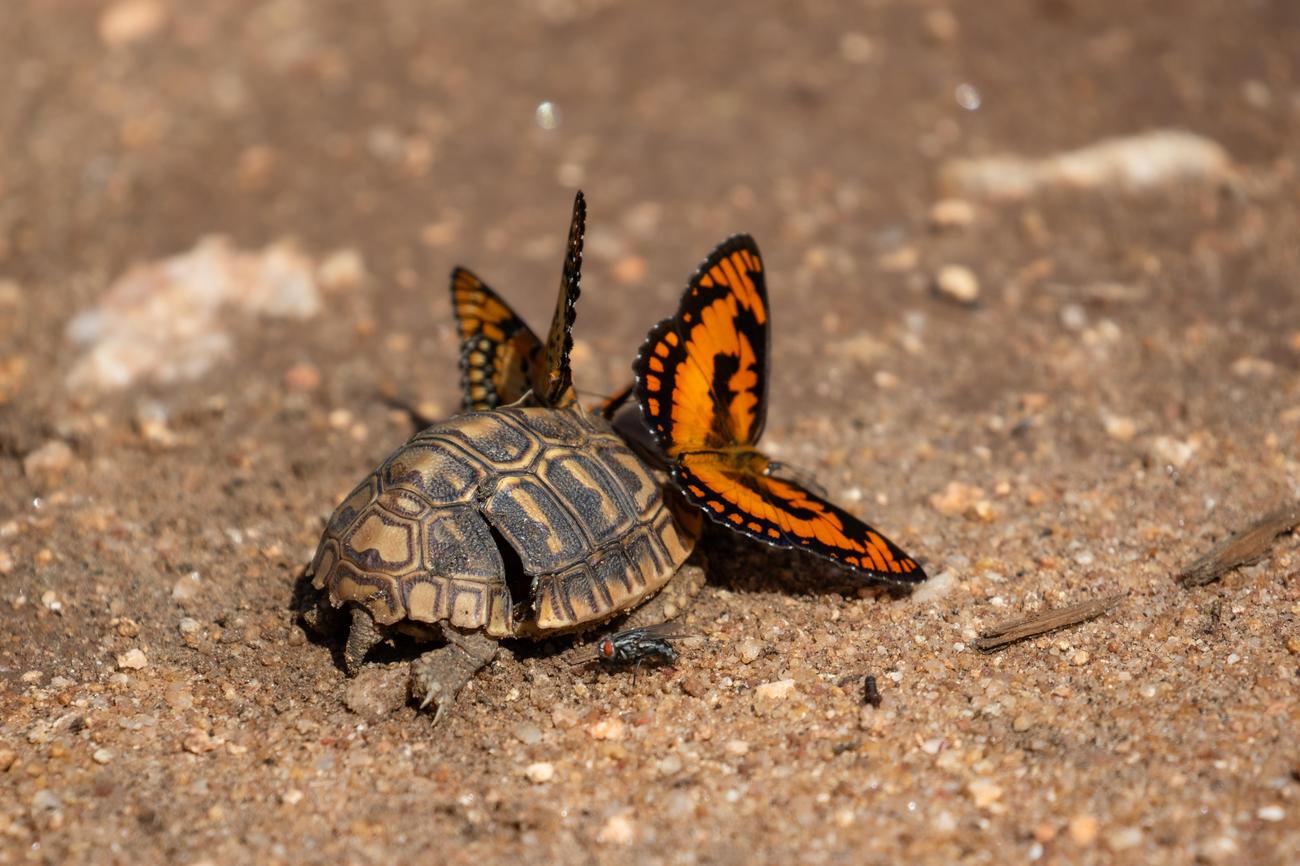
FAQ
Question 1: What are some interesting facts about Malawi animals?
Answer 1: Here are five intriguing facts about Malawi animals:
Malawi is home to the largest population of elephants in the country. With their majestic presence, these gentle giants roam freely in national parks like Liwonde and Kasungu, offering visitors a unique wildlife experience.
The Malawi cichlids are a group of colorful fish found exclusively in Lake Malawi. With over 1,000 species, these vibrant fish display a wide range of colors and patterns, creating a breathtaking underwater spectacle.
The Nyika Plateau is known for its high-altitude grasslands and unique fauna. It is home to several endemic species, including the Chirinda Forest tree frog, the wattled crane, and the Crawshay’s zebra.
The Liwonde National Park is renowned for its rich birdlife. With over 400 recorded species, including the African fish eagle and the Lilian’s lovebird, bird enthusiasts can enjoy captivating sightings and vibrant displays.
Malawi is one of the few African countries where you can spot the elusive leopard. These magnificent big cats roam in national parks like Majete and Nyika, offering a thrilling wildlife encounter.
Question 2: How can I learn more about Malawi animals?
Answer 2: If you’re interested in discovering more about Malawi animals, there are various resources available:
Visit national parks and wildlife reserves in Malawi, such as Liwonde National Park, Majete Wildlife Reserve, and Nyika National Park. These protected areas offer opportunities for guided tours and wildlife safaris.
Engage with local wildlife experts and guides who can provide in-depth knowledge about Malawi’s unique fauna. They can share interesting facts and stories about the animals and their habitats.
Explore online resources, including websites, blogs, and social media pages dedicated to Malawi wildlife. These platforms often feature articles, photographs, and videos showcasing the country’s diverse animal kingdom.
Read books and publications written by wildlife biologists, conservationists, and naturalists who have studied Malawi animals. These experts provide valuable insights into the behavior, ecology, and conservation efforts surrounding the unique species found in the country.
Join wildlife-focused organizations and participate in their events, workshops, and field trips. These activities offer opportunities to connect with fellow wildlife enthusiasts and learn from experienced professionals.
- Amazing March Fun Facts: Unveiling History & Celebrations - April 15, 2025
- Master how to write height: A complete guide - April 15, 2025
- How High Are Your Standards Test: Find Your Perfect Match Now - April 15, 2025
